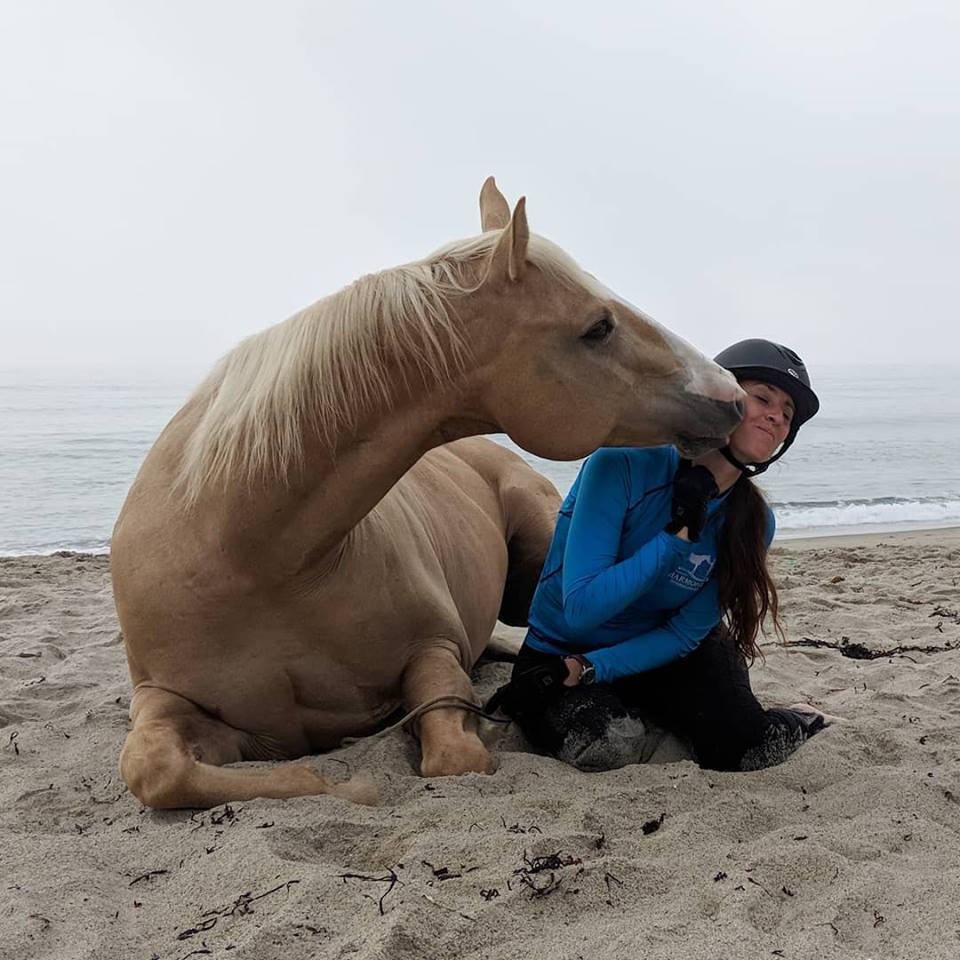
Lindsey Partridge SAFE Techniques
 11/23/2018 − 11/24/2018
11/23/2018 − 11/24/2018
Harmony Horse Handling: Simple Achievable Friendly Effective (SAFE) Techniques
Objective of the course: be comfortable with horses, assist with basic procedures, and be able to handle horses in a variety of situations. Not intending to be a trainer or vet assistant.
Understanding Horses: their needs, their natural social environment and food
Understanding physical and mental connection (can’t address physical without mental)
When to call the vet
Respect and Safety:
Drivelines
Defend your drivelines
Maintain quadrants
Be careful not to block the horse with your drivelines
Don’t go after horses for discipline, instead focus on your personal space and drivelines
Understanding quadrants
How it affects lunging
Calm Connection:
Moving together helps calm a horse
Square exercise is important to establish straight lines and 90 degree angle turns
Straight lines mean a horse isn’t pushing you or being pushed
90 degree angle turns help a horse shape around you
Turn because you want to, the horse is too fast, or the horse is distracted
Use shaping spot to keep the horse’s focus
Establishing calm and alert before trying any procedures
Passive leadership (gaining respect politely)
Positive reinforcement vs Negative reinforcement vs Punishment:
Positive reinforcement increases motivation
Negative reinforcement keeps a thinking mind
Punishment causes an emotional response and can cause PTSD in horses or anxiety disorders
Conditioning responses
How to recondition a negative response to a positive one
Setting up experiences for horses that don’t know versus horses that have triggers and need to be reconditioned (understand that reconditioning takes more time)
Using positive reinforcement
Types of rewards
Treat manners
Using a ‘yes’ word
Giving at a distance
Only give to polite lips
The filter of when to give a treat
Understanding fears and thresholds
The goal is to push comfort zones
The energy scale
The importance of finishing with relaxation and understanding to have success next time
Coping with vices and bad behaviours
Understand the cause or the stimulus
How to redirect the horse’s attention (rib rub)
Setting it up for success
Safety of the environment
Allowing for time
Having comforts nearby
Having plan A, plan b, and be willing to adjust
Etiquette for farrier/vet
Skills
Square
Lunging
Picking up feet
Lowering head
Giving to pressure
Going through squeezes
Blanketing (safety of front to back then back to front)
Fly mask
Equine Care Procedures (each participant does one, but between the whole group do all)
Syringing (dewormer, medication)
Pretend needle giving (toothpick)
Taking temperature
Twitching safely (no nose twitch on foals)
Foot in a soaking tub
Wrapping/boots
Spray bottles / hosing
Spreading eyelids
Organizer Notes
Deposit is Non-Refundable
Stabling includes hay and bedding
All horses MUST have a current negative coggins
Lunch and refeshments will be provided
Auditors welcome $50 per day 9-5 Lunch included MUST pre-register
2 Day Clinic Instructor: Lindsey Partridge
$300.00
- Deposit to Hold Spot $100.00
- Day Stall$20.00
- Full Stabling$50.00
Administrative Information
 Change Policy: Changes are permitted up to 0 day(s) before registration closes.
Change Policy: Changes are permitted up to 0 day(s) before registration closes. Refund Policy: No refunds.
Refund Policy: No refunds.-
 Entry Option(s)
Entry Option(s)
 Secure Spot: Pay in full via STRIDER
Secure Spot: Pay in full via STRIDER  Pay Deposit via STRIDER and the remainder by check
Pay Deposit via STRIDER and the remainder by check








 Secure Spot: Pay in full via STRIDER
Secure Spot: Pay in full via STRIDER



